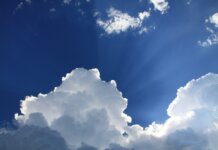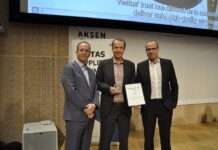As governments around the world seek a green recovery from the COVID-19 crisis and look to invest in job creation in wind and renewable energy sectors, gender diversity must be prioritized to ensure a just recovery. To support this effort, the Women in Wind Global Leadership Program, a joint initiative of the Global Wind Energy Council (GWEC) and the Global Women’s Network for the Energy Transition (GWNET), have released a guide on best practices for gender diversity in talent recruitment.
The guide serves as a resource to advance gender equality in the wind industry and attract top talent and skills with the end goal of building a dynamic and inclusive workforce that can drive the global energy transition.
A 2020 report by IRENA and the Women in Wind Global Leadership Program shows that women represent only 21% of the global wind energy workforce, and only 8% of its senior management. The newly released guide aims to support employers in the wind sector to integrate diversity and inclusion principles into their hiring practices, and combat inequalities in talent recruitment, representation, pay and advancement. Rather than providing a set of hard rules, the guide outlines broad recommendations that can be adapted to job requirements and local market contexts, to create more diverse and inclusive workplaces.
The guide focuses on three key areas: inclusive recruitment; inclusive application and selection processes; and diverse workplaces.
“The wind industry’s talent recruitment and hiring practices should reflect wind energy’s role in driving sustainable and inclusive growth around the world,” says Joyce Lee, policy and operations director at GWEC.
“According to IRENA, every $1 million invested in renewables for a green recovery could generate at least 25 jobs – as governments make smart investments in clean energy, the sector must make its own smart investments. That means tapping into the widest pool of human talent which can hone our industry’s competitiveness and place wind energy at the forefront of innovation,” she adds.
This guide belongs to a series of best practices guides and resources published by the Women in Wind Global Leadership Program to advance the role of women as agents of change in society and the energy transition.
The full guide can be downloaded here.




